Home>Dining>Table Decor>How To Style An End Table
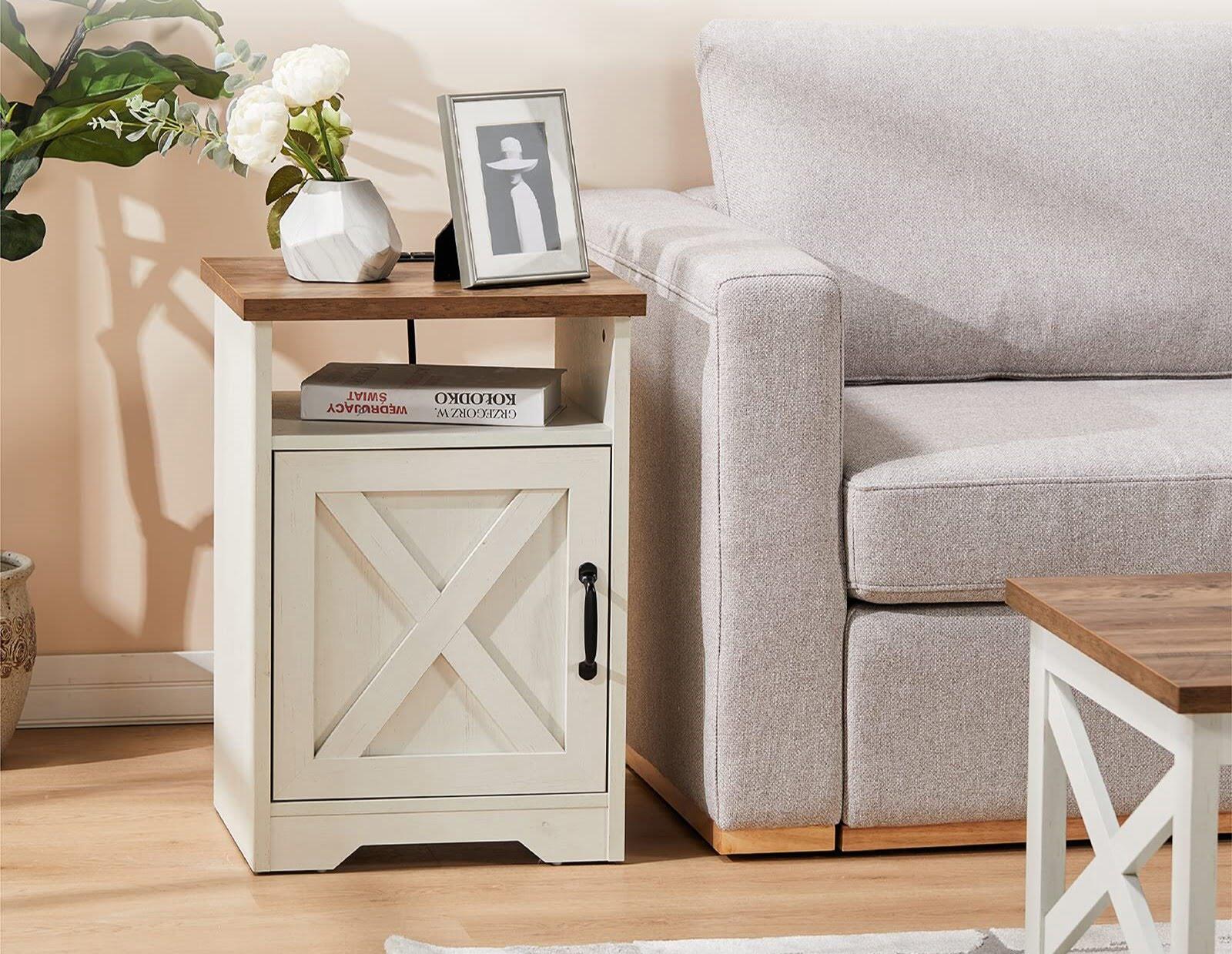

Table Decor
How To Style An End Table
Modified: January 23, 2024
Learn how to style an end table with our expert tips and tricks. Enhance your table decor with creative ideas and make a statement in your home.
(Many of the links in this article redirect to a specific reviewed product. Your purchase of these products through affiliate links helps to generate commission for Storables.com, at no extra cost. Learn more)
Introduction
Welcome to our guide on how to style an end table! End tables are not only functional pieces of furniture, but they also offer an opportunity to add a touch of personality and style to your space. Whether you’re looking to enhance the aesthetics of your living room, bedroom, or any other area in your home, knowing how to properly style an end table is essential.
When it comes to decorating an end table, there are a few key factors to consider. From choosing the right size and material to matching it with the overall style of the room, these decisions can greatly impact the overall look and feel of your space. Additionally, selecting the appropriate decorative accessories and balancing the end table with other furniture are crucial for creating a visually pleasing arrangement.
In this comprehensive guide, we will explore the various aspects of end table styling, providing you with tips and inspiration to help you create a beautiful and cohesive design. Whether you prefer a minimalist, contemporary, or traditional style, we will cover everything you need to know to make your end table a standout piece in your room.
So, let’s dive in and discover how to style an end table that perfectly complements your home decor and reflects your personal style!
Key Takeaways:
- Choose an end table that complements your room’s style, size, and material. Consider functionality, proportionality, and storage needs to create a visually harmonious and functional space.
- Incorporate decorative accessories and lighting to enhance the visual appeal of your end table. Balance it with other furniture and maintain it regularly for a stylish and long-lasting addition to your home.
Read more: How To Build A Mission Style End Table
Choosing an End Table
Before you can start styling your end table, you need to choose the right one that suits your needs and complements the overall aesthetics of your room. Here are a few factors to consider when selecting an end table:
1. Functionality: Think about how you’ll be using the end table. Will it be primarily for holding a lamp, providing storage space, or displaying decorative items? Understanding the specific function will help you determine the size, shape, and features that will best serve your needs.
2. Proportionality: Consider the size and proportion of the end table in relation to the surrounding furniture. It should be of the appropriate height and width to ensure it visually harmonizes with the rest of the room. Take into account the dimensions of your couch, chairs, or bed to find the right balance.
3. Style: Determine the style you want to achieve in your space. Whether it’s modern, rustic, traditional, or eclectic, the end table should complement the existing furniture and decorative elements. Choose a design that resonates with your personal taste and blends seamlessly with the room’s overall aesthetic.
4. Storage Needs: If you require additional storage space, consider end tables with drawers, shelves, or compartments. This can help keep clutter at bay and provide a convenient place to store remote controls, magazines, or other small items.
5. Material: The material of the end table plays a significant role in its durability and visual appeal. Common options include wood, metal, glass, and acrylic. Consider the existing materials in your room and choose one that complements or contrasts nicely for added visual interest.
6. Budget: Set a budget for your end table purchase. With a wide range of options available, from designer brands to affordable alternatives, there’s something to fit every budget. Decide on your spending limit, and explore different options within that range to find the perfect end table for your space.
7. Quality: Investing in a well-made end table will ensure its longevity and durability. Pay attention to the craftsmanship, finishes, and materials used to ensure you are getting a high-quality piece of furniture that will withstand everyday use.
By considering these factors, you can narrow down your choices and find an end table that not only fulfills your functional needs but also adds aesthetic value to your room. Once you have chosen the perfect end table, you can move on to the next step in the styling process!
Selecting the Right Size
Choosing the right size for your end table is crucial for achieving a visually balanced and functional space. Here are some tips to help you select the appropriate size:
1. Height: The height of your end table should be in proportion to the surrounding furniture. Aim for a similar height or slightly lower than the armrest of your couch or the top of your mattress. This will ensure that it is easy to reach and use without being too tall or too short.
2. Depth and Width: Consider the available space in the room when determining the depth and width of your end table. It should be wide enough to accommodate items you plan to place on it, such as a lamp, books, or decorative objects. The depth should be appropriate for the space where you plan to position the end table. If you have limited space, opt for a slimmer design to avoid overcrowding.
3. Proximity: If you plan on placing the end table next to a chair or sofa, ensure that it is the right size to function as a convenient surface. The table should be within arm’s reach and provide enough space for a drink, a remote control, or other items you want to keep nearby.
4. Consider the Room’s Scale: Take into account the overall scale of the room when selecting the size of your end table. In a small room, choose a more compact end table to prevent it from overpowering the space. For larger rooms, you can opt for a larger, statement piece. Be mindful of how the end table fits into the room’s layout and the overall balance of furniture.
5. Multi-Tiered Options: If you need additional surface area or storage space, consider multi-tiered end tables. These tables are perfect for small living rooms or bedrooms where space-saving solutions are necessary. They provide extra storage or display space without taking up as much floor space.
6. Adjustable Options: If you want more flexibility in the size of your end table, consider adjustable models. These tables have features that allow you to extend or collapse the size, allowing for customization based on your needs at any given moment. They can be especially useful for multifunctional rooms or spaces where the end table’s size needs to change frequently.
By carefully considering the height, depth, width, and overall scale of the end table in relation to your room and furniture, you can select the right size that enhances both the functionality and aesthetics of the space. Remember to measure the available area before making a purchase to ensure a seamless fit.
Considering the Material
The material of your end table is an important consideration as it contributes to both the style and durability of the piece. Here are some popular end table materials to choose from:
1. Wood: Wood is a timeless and versatile material choice for end tables. Whether you prefer the warmth of oak, the elegance of mahogany, or the rustic charm of reclaimed wood, there are various wood options to suit your style. Wood end tables add a classic touch to any room and can be easily paired with different decor styles.
2. Glass: Glass end tables create an open and airy feel in a space. They can make a small room appear larger and add a touch of modern sophistication. Glass tops can be paired with various base materials like metal or wood to create a unique and stylish look. Keep in mind that glass surfaces may require more maintenance to keep them clean and free of smudges.
3. Metal: Metal end tables offer a sleek and contemporary aesthetic. Materials such as stainless steel, brass, or wrought iron can add a touch of industrial or modern appeal to your space. Metal end tables are durable and often feature intricate designs or geometric shapes that can become a focal point in your room.
4. Acrylic: Acrylic end tables provide a modern and minimalist look. Clear acrylic tables have a light and airy appearance that can blend seamlessly with any decor style without overwhelming the space. They are also a great choice for small rooms as they create the illusion of space and allow other furniture pieces to stand out.
5. Composite Materials: Composite materials, such as MDF or particleboard, are budget-friendly options that can mimic the look of wood or other materials. While not as durable as solid wood or other natural materials, composite end tables can still offer style and functionality at a more affordable price point.
6. Mixed Materials: Many end tables combine various materials to create a unique and visually interesting piece. For example, a wood and metal combination can bring together the warmth of wood with the industrial appeal of metal. These mixed materials can add depth and texture to your space, creating a focal point in your room.
7. Consider Maintenance: When choosing the material for your end table, consider the amount of maintenance it requires. Some materials may be more susceptible to scratches, stains, or water damage. Ensure that the material you choose aligns with your lifestyle and the level of care you’re willing to provide.
By carefully considering the material of your end table, you can choose a piece that not only complements your decor style but also withstands the test of time. Take into account the durability, aesthetics, and maintenance requirements of each material to find the perfect end table for your space.
Matching the End Table with the Style of the Room
When styling an end table, it’s important to ensure that it harmonizes with the overall style of the room. Here are some tips to help you match your end table with the style of the room:
1. Consider Existing Furniture: Take a look at the furniture pieces already present in the room. Pay attention to the materials, finishes, and design styles. If you have traditional furniture, opt for an end table with classic details and wood finishes. For a contemporary space, choose a sleek and minimalist end table with metal or glass accents.
2. Coordinate Colors: Look at the color palette of the room and choose an end table that complements or matches the existing colors. You can select an end table with a wood finish that matches the wooden elements in the room, or a table with a metal finish that complements the metallic accents in the space. Consider the undertones of the colors to ensure a harmonious blend.
3. Match the Aesthetic: Determine the overall aesthetic of the room. Is it rustic and cozy, modern and minimalistic, or eclectic and bohemian? Choose an end table that reflects the same aesthetic. For a rustic room, consider an end table with distressed wood and natural textures. For a modern room, opt for clean lines and sleek materials.
4. Coordinate with Accessories: Take into account the accessories and decorative items you plan to display on your end table. Coordinate the style and colors of these accessories with your end table to create a cohesive look. For example, if you plan to display a vintage-inspired lamp, pair it with an end table that has a vintage or retro design.
5. Pay Attention to Detail: Consider the small details of the end table, such as the hardware or decorative elements. If your room has brass accents, choose an end table with brass drawer pulls or metal detailing. These small details can tie the end table to the rest of the room and create a cohesive look.
6. Mix and Match: Don’t be afraid to mix different styles in your room. Eclectic spaces allow for creative combinations, so you can pair a modern end table with a vintage-inspired chair or mix different materials for a more eclectic appeal. As long as there is a sense of balance and coherence, mixing different styles can create an interesting and personalized look.
Remember, the end table should not only match the style of the room but also add visual interest and personality. It should complement the existing furniture and decorative elements while still standing out as a unique and stylish piece. By paying attention to the overall style and aesthetic of the room, you can select an end table that enhances the overall design.
Read more: How To Style A Two-Tiered End Table
Placement of the End Table
The placement of your end table is crucial for creating a functional and visually appealing space. Here are some tips to help you determine the perfect spot for your end table:
1. Next to Seating: The most common placement for an end table is next to seating, such as a sofa, armchair, or bedside. This allows for easy access to essentials like drinks, books, or a lamp. Position the end table at a comfortable height and within arm’s reach of the seating for maximum convenience.
2. Balance and Symmetry: If you have multiple seating areas or a large room, consider adding pairs of end tables for balance and symmetry. Placing matching end tables at both ends of a sofa or on either side of a bed creates a cohesive and visually pleasing arrangement. This helps create a sense of unity in the room.
3. Use as a Centerpiece: In some cases, an end table can become a focal point and serve as a centerpiece in the room. This can be achieved by placing it in the middle of a seating arrangement or using an eye-catching and unique design. However, ensure that the end table does not obstruct the flow of traffic or impede movement within the room.
4. Utilize Corners: Corners are often overlooked areas that can benefit from the addition of an end table. Placing an end table in a corner can add functionality and create a cozy reading nook. Consider pairing it with a comfortable chair and a floor lamp to complete the inviting space.
5. Against a Wall: If you have limited space or want to create a minimalist look, you can place the end table against a wall. This is a great option for smaller rooms or areas where you want to maximize floor space. Utilize the wall-mounted space above the end table by adding artwork, a mirror, or floating shelves to enhance the overall design.
6. Multi-Purpose Spaces: If you have a multifunctional space, such as a living room that doubles as a home office or a bedroom with a reading area, consider incorporating end tables in different areas to serve specific purposes. This allows you to have a designated workspace or a dedicated spot for relaxation while maintaining a cohesive design.
When choosing the placement of your end table, consider the flow of the room and how you intend to use the space. Experiment with different arrangements and positions to find what works best for your specific needs and aesthetic preferences. By strategically placing your end table, you can enhance both the functionality and visual appeal of your room.
Consider using a mix of functional and decorative items on your end table, such as a lamp, a small plant, and a stack of books. This will add visual interest and balance to the space.
Adding Decorative Accessories
Once you have selected and placed your end table, it’s time to add decorative accessories to enhance its visual appeal. Here are some ideas for adding decorative accessories:
1. Table Lamp: A table lamp not only provides practical lighting but also adds a decorative element to your end table. Choose a lamp that complements the style of your room and the overall aesthetic of the end table. Consider the size of the lamp in relation to the table and the height of the lampshade for proper proportion.
2. Artwork or Picture Frame: Adding a framed piece of artwork or a picture frame can bring a personal touch to your end table. Choose artwork that matches the style of the room and consider the scale of the piece in relation to the table. You can also opt for a small gallery of framed family photos or a collection of mini prints for added visual interest.
3. Decorative Objects: Display decorative objects, such as figurines, vases, or sculptures, on your end table. These objects can be a reflection of your personal taste and add a pop of color or texture to the space. Consider the height, color, and material of the objects to create a visually pleasing arrangement.
4. Books or Magazines: Stack a few coffee table books or magazines on your end table for a touch of sophistication and entertainment. Choose books with interesting covers or subjects that align with your interests or the room’s theme. This not only adds visual appeal but also provides guests with something to peruse while they relax.
5. Plants or Flowers: Bring a touch of nature to your end table by incorporating a small potted plant or a vase of fresh flowers. Plants add a sense of freshness and texture to the space, while flowers can introduce color and fragrance. Ensure that the size of the plant or vase doesn’t overwhelm the table and consider the lighting conditions in the room for selecting appropriate plants.
6. Trays or Bowls: Use trays or decorative bowls to corral smaller items and keep the end table organized. Place items like keys, remote controls, or jewelry in the tray or bowl to prevent clutter and create a visually pleasing arrangement. Choose trays or bowls that complement the style and color scheme of the room.
7. Candles: Set a cozy and inviting ambiance by placing a scented candle or a set of pillar candles on your end table. Candles can add a warm and soothing glow to the space, creating a relaxing atmosphere. Consider candleholders or decorative lanterns that match the style of the room for an added touch of elegance.
When adding decorative accessories, consider the balance between functionality and aesthetics. Aim for a curated and cohesive arrangement that showcases your personal style and enhances the overall design of the room. Feel free to experiment and switch out accessories periodically to keep the look fresh and inspiring.
Styling with Lighting
When it comes to styling your end table, the right lighting can make all the difference in creating a warm and inviting atmosphere. Here are some tips for styling your end table with lighting:
1. Table Lamp: A table lamp is a classic option for adding both practical and decorative lighting to your end table. Choose a lamp that complements the style of your room and the overall aesthetic of the end table. Consider the height and width of the lamp in relation to the table and the surrounding furniture for proper proportion. Select a lampshade that diffuses light softly and choose a bulb with the appropriate brightness for creating the desired ambiance.
2. Task Lighting: If you’ll be using your end table for reading or working, consider incorporating a task light. A swing-arm desk lamp or a small adjustable spotlight can provide targeted lighting for specific activities. Position the lamp in such a way that it casts light directly onto the area where you need it, while still maintaining a visually appealing arrangement.
3. Accent Lighting: Add a touch of drama and accentuate certain objects or features by using accent lighting on your end table. Directional spotlights or small LED strip lights can be used to highlight artwork, decorative objects, or architectural details. This creates focal points and adds dimension to your space.
4. Candlelight: For a cozy and romantic ambiance, consider incorporating candles on your end table. Use candleholders or decorative lanterns to safely hold the candles and create a soft and warm glow. Opt for scented candles to add fragrance to the room. Be sure to place them strategically, taking into account safety precautions and any flammable materials nearby.
5. Dimmers: Install dimmer switches for your end table lighting to have more control over the ambiance of the room. Dimming the lights creates a relaxed and intimate atmosphere, allowing you to adjust the brightness to suit different activities or moods. This can be particularly useful for entertaining guests or winding down in the evening.
6. Natural Light: Utilize natural light to your advantage by placing your end table near a window or in a well-lit area of the room. Allow the natural light to enhance the overall lighting scheme of the space. This can create a bright and airy feel during the day and provide a refreshing change from artificial lighting.
7. Light Layering: Experiment with different types of lighting and create a layered effect in your room. Combine overhead lighting with the soft glow of table lamps and accent lights to add depth and create various lighting zones. This allows you to customize the lighting according to the time of day, the activity taking place, or the desired mood.
When styling your end table with lighting, consider the function of the space, the desired ambiance, and the overall style of the room. The right lighting can transform your end table from a simple piece of furniture to a captivating focal point that enhances the beauty and functionality of your space.
Balancing the End Table with Other Furniture
When styling your end table, it’s important to achieve a sense of balance and harmony with the surrounding furniture. Here are some tips for balancing your end table with other furniture in the room:
1. Proportional Size: Ensure that the size of your end table is in proportion to the other furniture pieces in the room. A large, bulky end table next to a small sofa or chair can create an imbalance in the space. Consider the height, depth, and width of the end table in relation to the nearby furniture to achieve a visually pleasing arrangement.
2. Height Harmony: Maintain a consistent height level between the end table and the adjacent furniture. If the end table is too tall or too short in comparison, it can disrupt the flow of the room. Aim for a similar height or slightly lower than the armrest or the seat of the nearby seating piece to ensure a cohesive look.
3. Stylistic Continuity: Choose an end table that complements the style of the other furniture in the room. Whether it’s contemporary, traditional, or eclectic, the end table should blend seamlessly with the overall aesthetic. Consider the materials, finishes, and design elements to achieve a cohesive and harmonious look.
4. Coordinate Colors: Select an end table that coordinates with the colors of the surrounding furniture. Whether it’s a wood finish that matches the other wooden elements in the room or a metal finish that complements the metallic accents, having a cohesive color palette helps create a unified and balanced space.
5. Placement Symmetry: If you have more than one seating area or multiple end tables in the room, consider achieving symmetry in their placement. Placing matching end tables on either side of a sofa or a bed helps create a balanced and visually appealing arrangement. This symmetry can provide a sense of harmony and order in the room.
6. Visual Weight: Take into consideration the visual weight of the furniture pieces and aim for a balanced distribution throughout the room. If one side of the room feels heavy due to large furniture pieces, consider adding an end table with a visually lighter design to create balance. This can help create a harmonious and visually pleasing arrangement.
7. Open Space: Allow for adequate open space around the end table and other furniture pieces. Crowding the area with too many furniture items can create a sense of clutter and imbalance. Keep in mind the flow of traffic in the room and ensure that there is enough room to move freely around the furniture.
By paying attention to the size, height, style, colors, and placement of your end table in relation to the other furniture in the room, you can achieve a sense of balance and cohesion. This creates a harmonious and visually appealing space that is both functional and aesthetically pleasing.
Maintaining and Cleaning the End Table
To keep your end table looking its best and prolong its lifespan, regular maintenance and cleaning are essential. Here are some tips for maintaining and cleaning your end table:
1. Read Manufacturer’s Instructions: Before you begin cleaning your end table, refer to the manufacturer’s instructions for any specific care recommendations. Different materials and finishes may have specific cleaning requirements that you should follow to avoid damaging the table.
2. Dust Regularly: Dusting your end table regularly helps prevent buildup of dirt and debris that can scratch or dull the surface. Use a soft, lint-free cloth or a feather duster to gently remove dust from the surface and any crevices.
3. Use Appropriate Cleaning Products: When cleaning your end table, always use cleaning products that are safe for the specific material and finish. Avoid using abrasive cleaners or harsh chemicals that can strip or damage the surface. Instead, opt for mild solutions like a mixture of gentle dish soap and water or specialized cleaners recommended for the specific material.
4. Wipe Spills Immediately: Accidents happen, so it’s important to wipe up spills promptly to prevent stains or damage to the end table’s surface. Use a clean, dry cloth or a slightly damp cloth for spills that require more thorough cleaning. Avoid using excessive water or saturating the surface, as prolonged moisture can cause warping or discoloration.
5. Protect from Heat and Moisture: Heat and moisture can damage the surface of your end table. Use coasters, placemats, or trivets to protect the table from hot dishes, cups, or wet items. This helps prevent heat marks, water rings, and warping.
6. Address Scratches and Damage: If your end table sustains any scratches or minor damage, address them promptly to prevent further deterioration. You can use specialized touch-up pens or wood fillers to repair minor scratches in wood finishes. For other materials, consult the manufacturer’s guidelines for recommended repair methods.
7. Regularly Inspect and Tighten: Over time, screws, bolts, or joints may become loose on your end table. Regularly inspect the table and tighten any loose hardware as needed to maintain its stability and structural integrity. This can help prevent potential accidents or further damage.
8. Protect from Sunlight: Prolonged exposure to direct sunlight can cause fading, discoloration, or damage to your end table. Consider using window treatments like curtains, blinds, or UV-protective films to shield your table from harmful UV rays. This helps preserve the appearance and integrity of the finish over time.
9. Avoid Sharp Objects and Heavy Items: To prevent scratches or dents, avoid placing sharp objects directly on the surface of your end table. Additionally, refrain from placing heavy items that can cause the table to buckle or strain under the weight. Use protective padding or mats for items that may scratch or damage the surface.
By following these maintenance and cleaning tips, you can ensure that your end table remains in excellent condition for years to come. Regular care and attention will not only preserve its beauty, but also contribute to the longevity of the table, allowing you to enjoy its functionality and aesthetic appeal for a long time.
Conclusion
Styling an end table is a wonderful opportunity to showcase your creativity and add a personal touch to your space. By considering factors such as choosing the right end table, selecting the appropriate size and material, matching it with the style of the room, and balancing it with other furniture, you can create a visually appealing and functional arrangement in any room of your home.
Adding decorative accessories and carefully selecting lighting options can further enhance the look and ambiance of your end table. By incorporating items such as table lamps, artwork, plants, and candles, you can create a cohesive and inviting space that reflects your personal style and elevates the overall design of the room.
Remember to regularly maintain and clean your end table to ensure its longevity. By following proper care instructions, dusting regularly, addressing spills promptly, and protecting the table from heat and moisture, you can keep it looking its best and prevent damage.
In conclusion, styling an end table is a creative process that involves careful consideration of various elements. By taking the time to choose the right end table, matching it with the style of the room, adding decorative touches, and maintaining its condition, you can transform your end table into a stunning focal point that enhances the overall aesthetics and functionality of your space.
So go ahead and unleash your creativity! Explore different styles, materials, and accessories to create a unique and inviting end table arrangement that reflects your personal taste and brings joy to your home.
Frequently Asked Questions about How To Style An End Table
Was this page helpful?
At Storables.com, we guarantee accurate and reliable information. Our content, validated by Expert Board Contributors, is crafted following stringent Editorial Policies. We're committed to providing you with well-researched, expert-backed insights for all your informational needs.
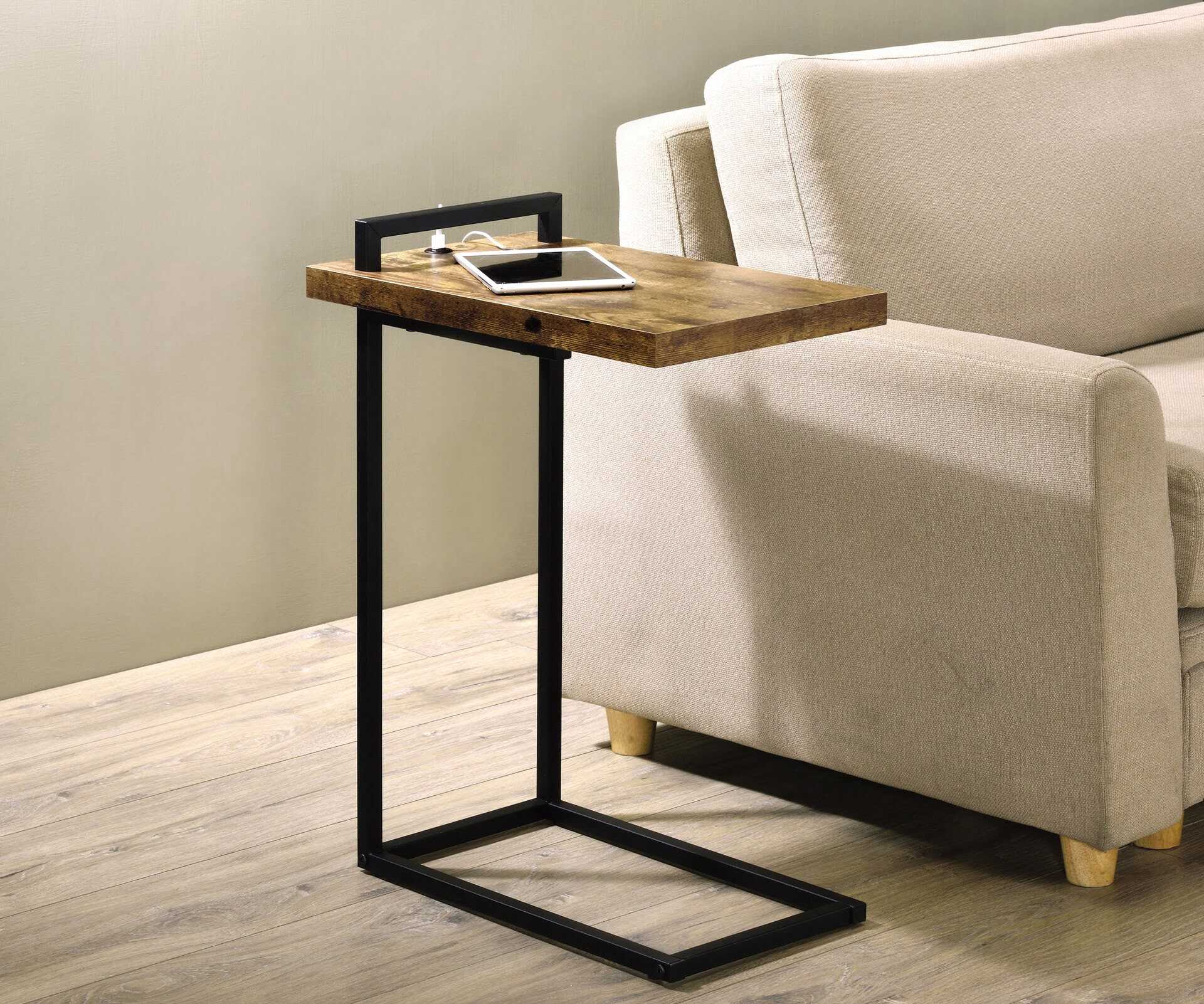
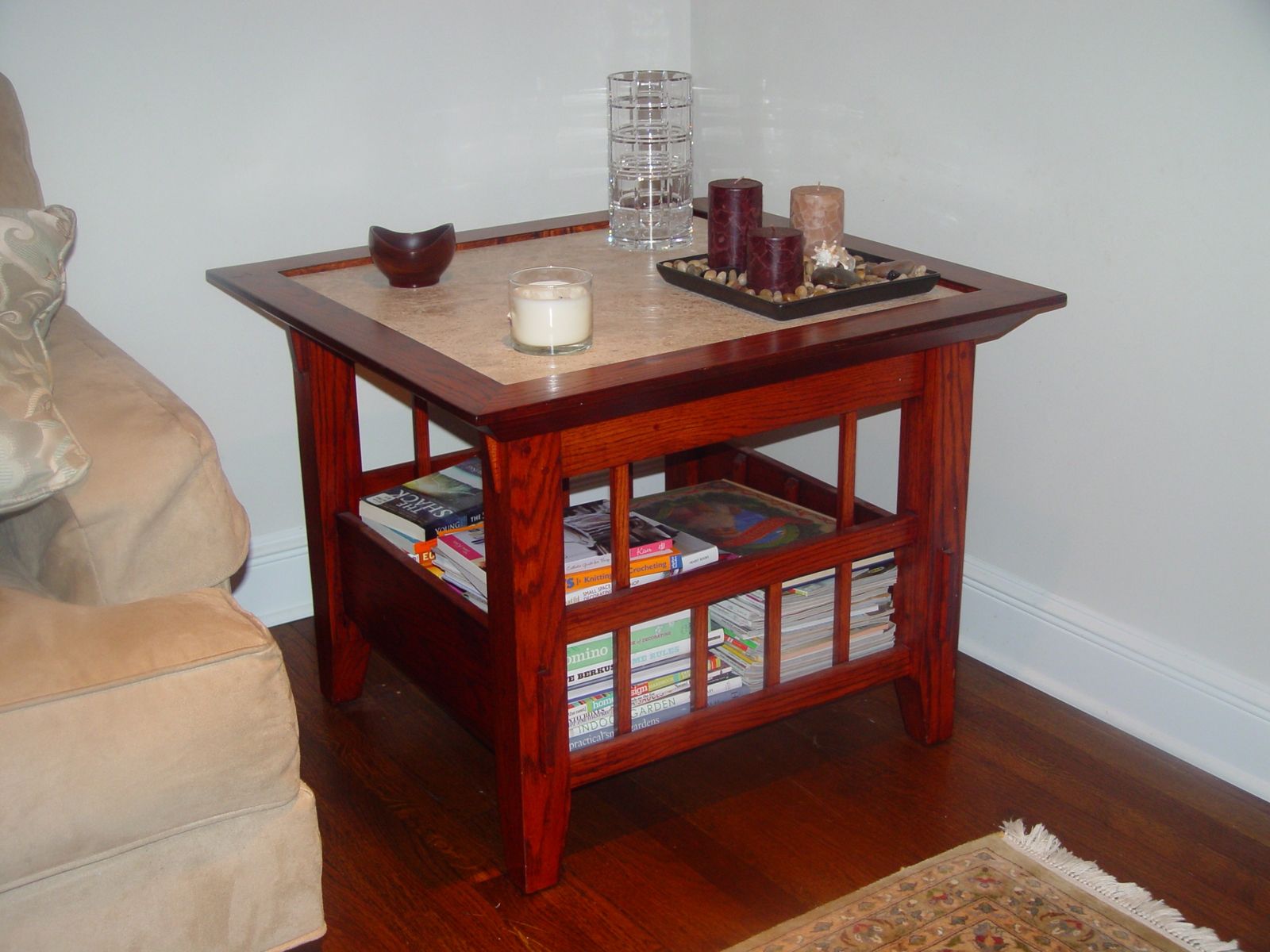
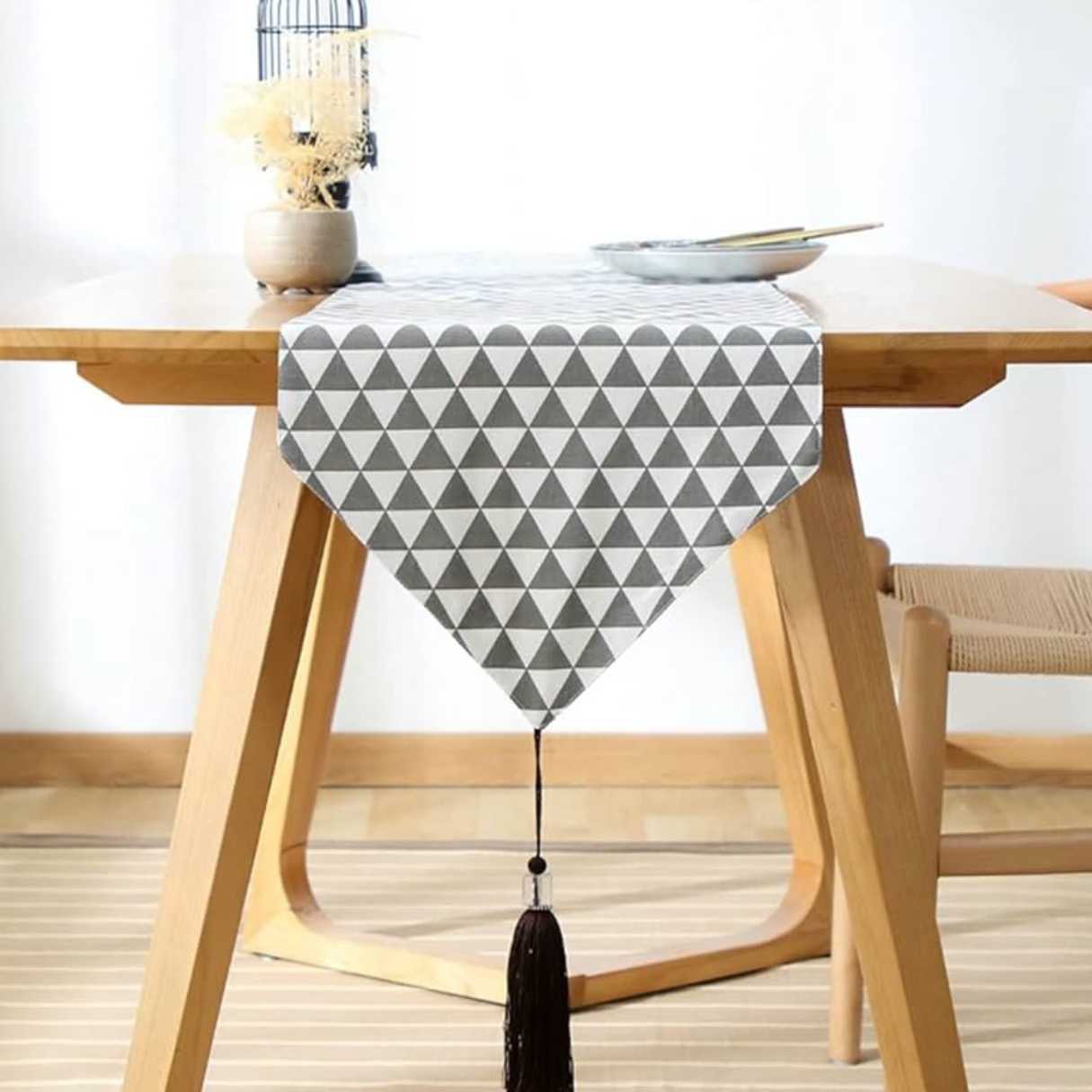
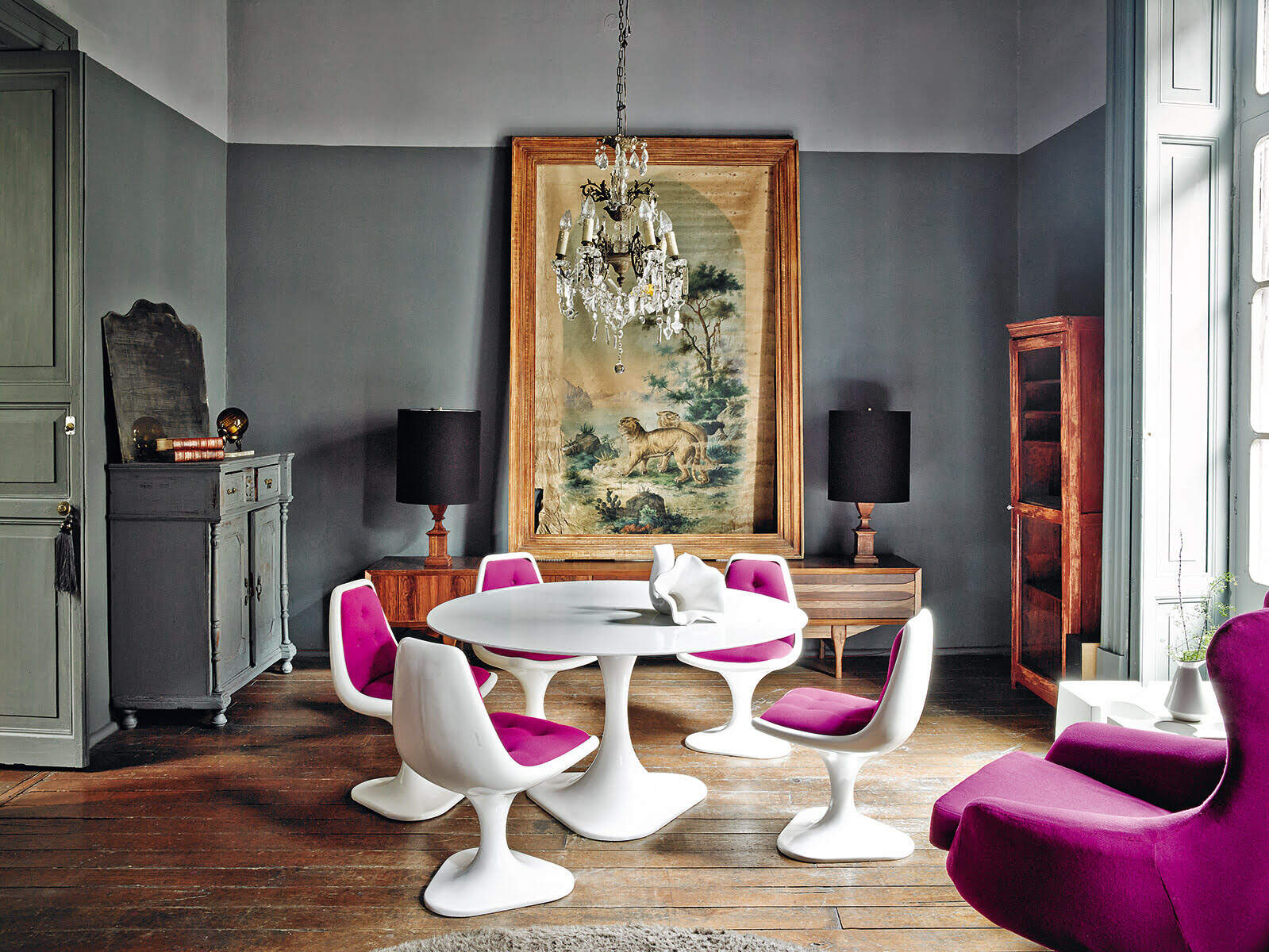
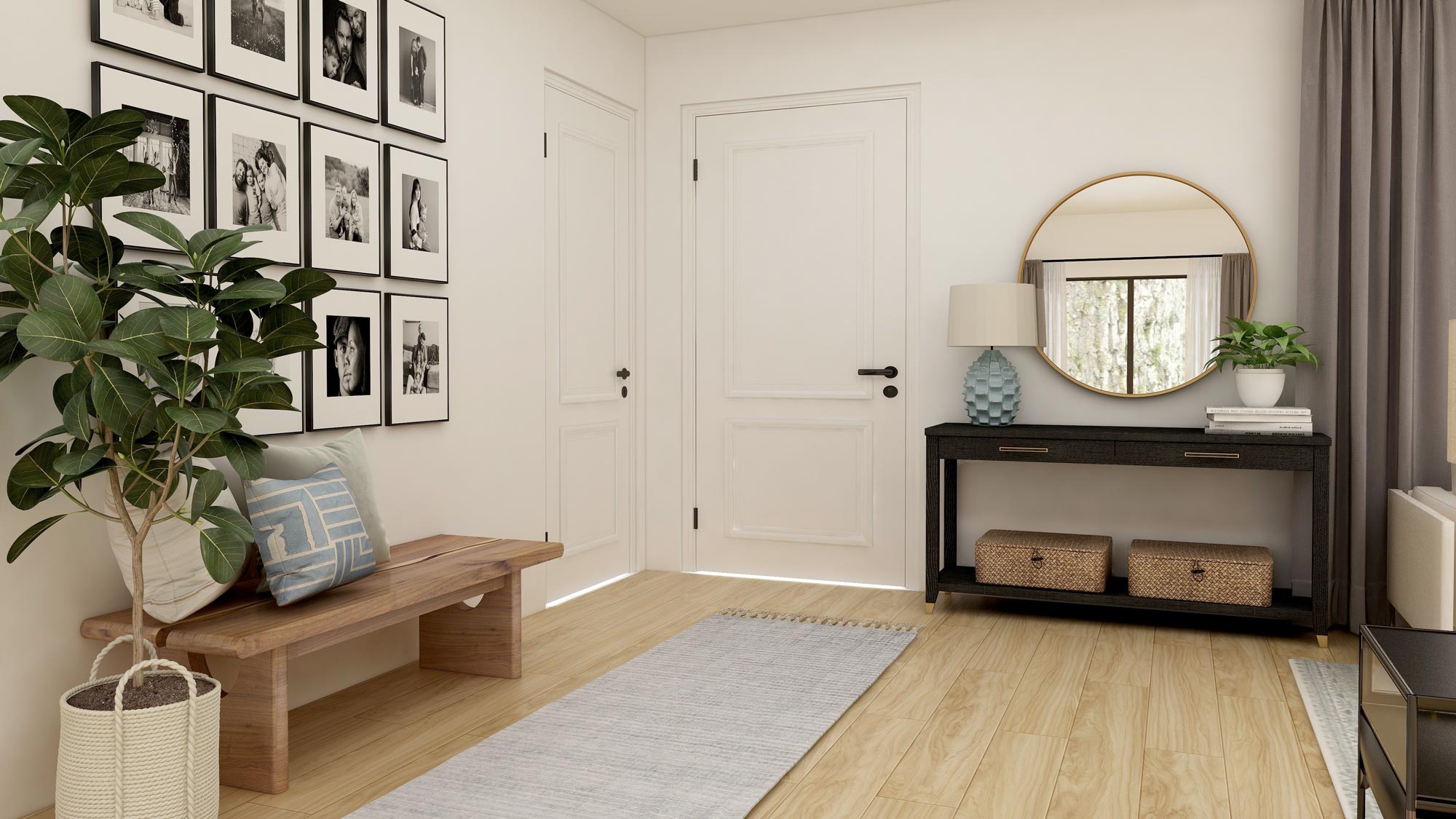
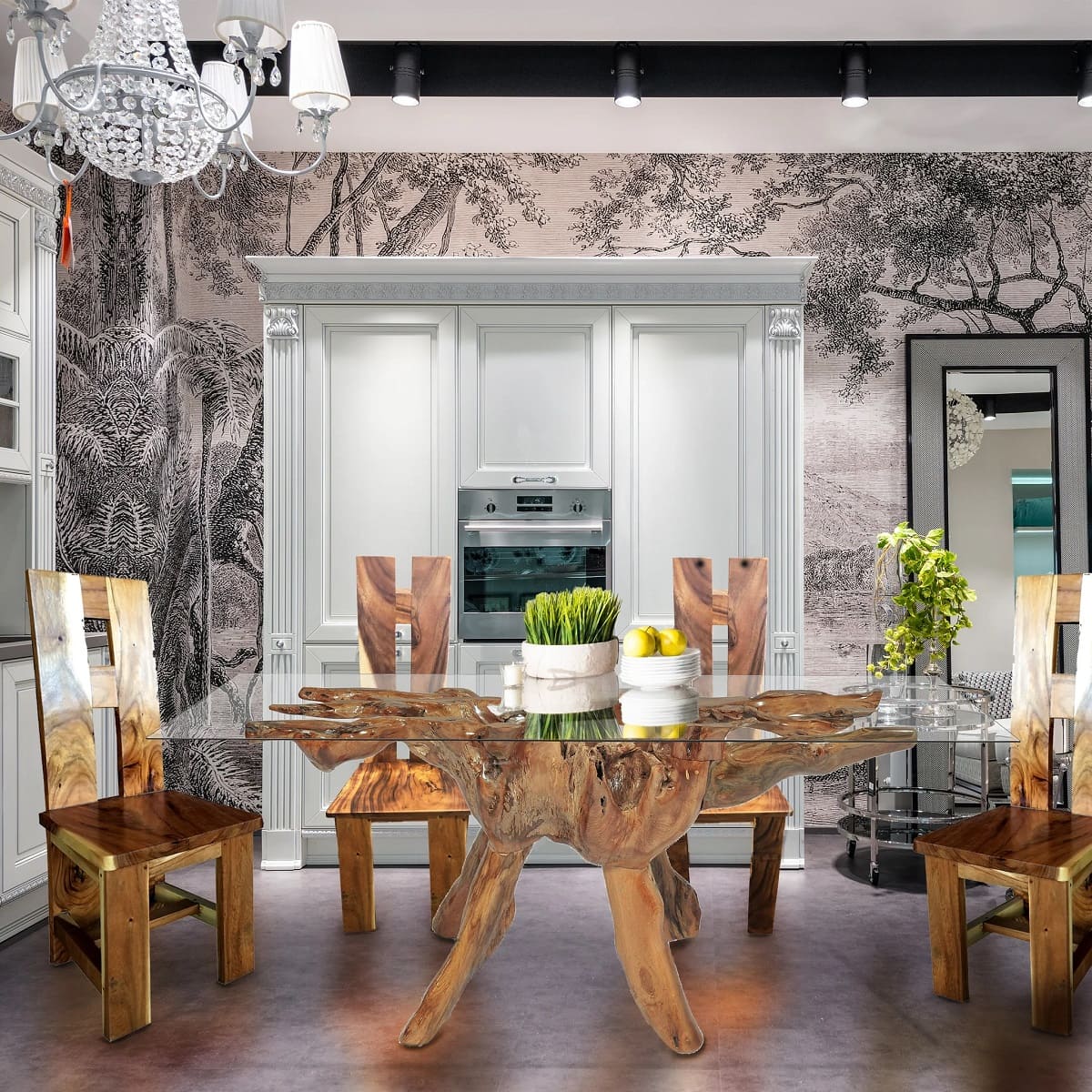
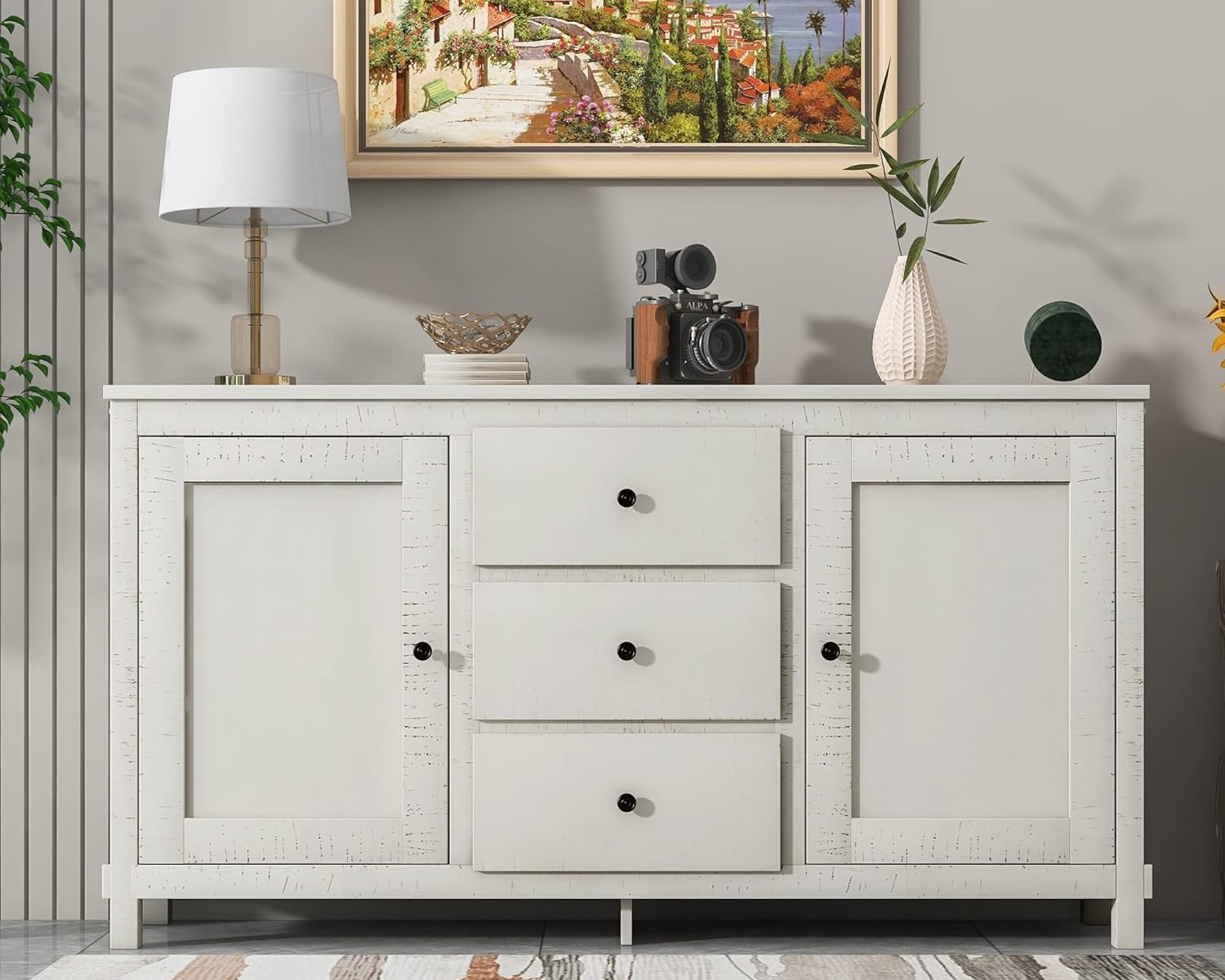
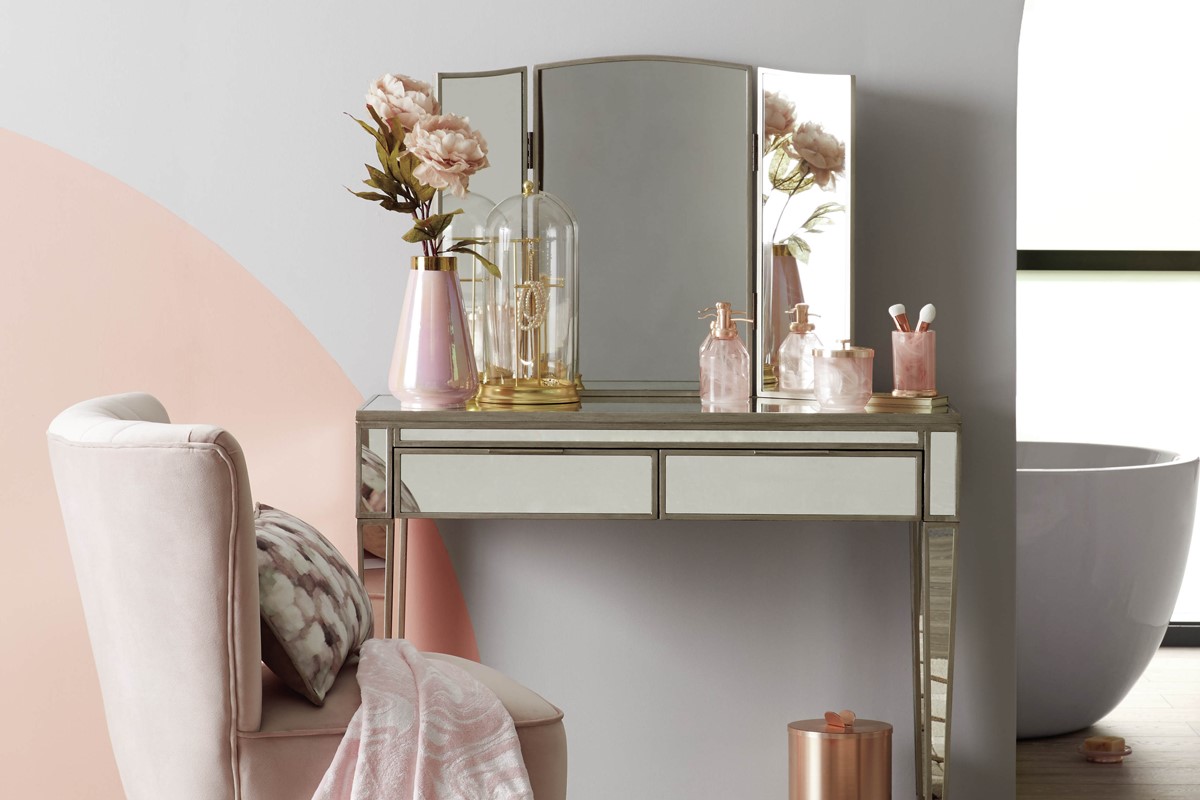
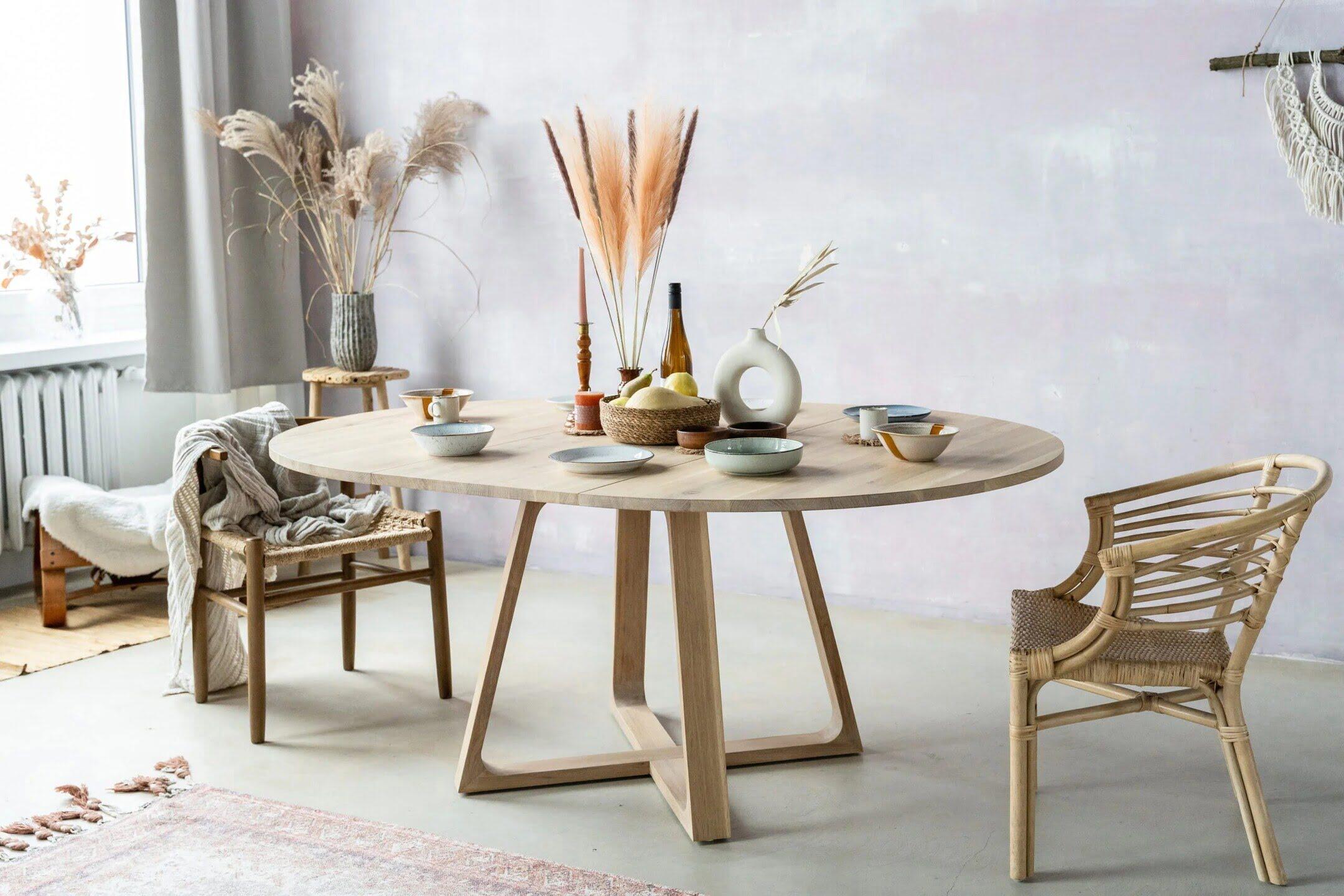
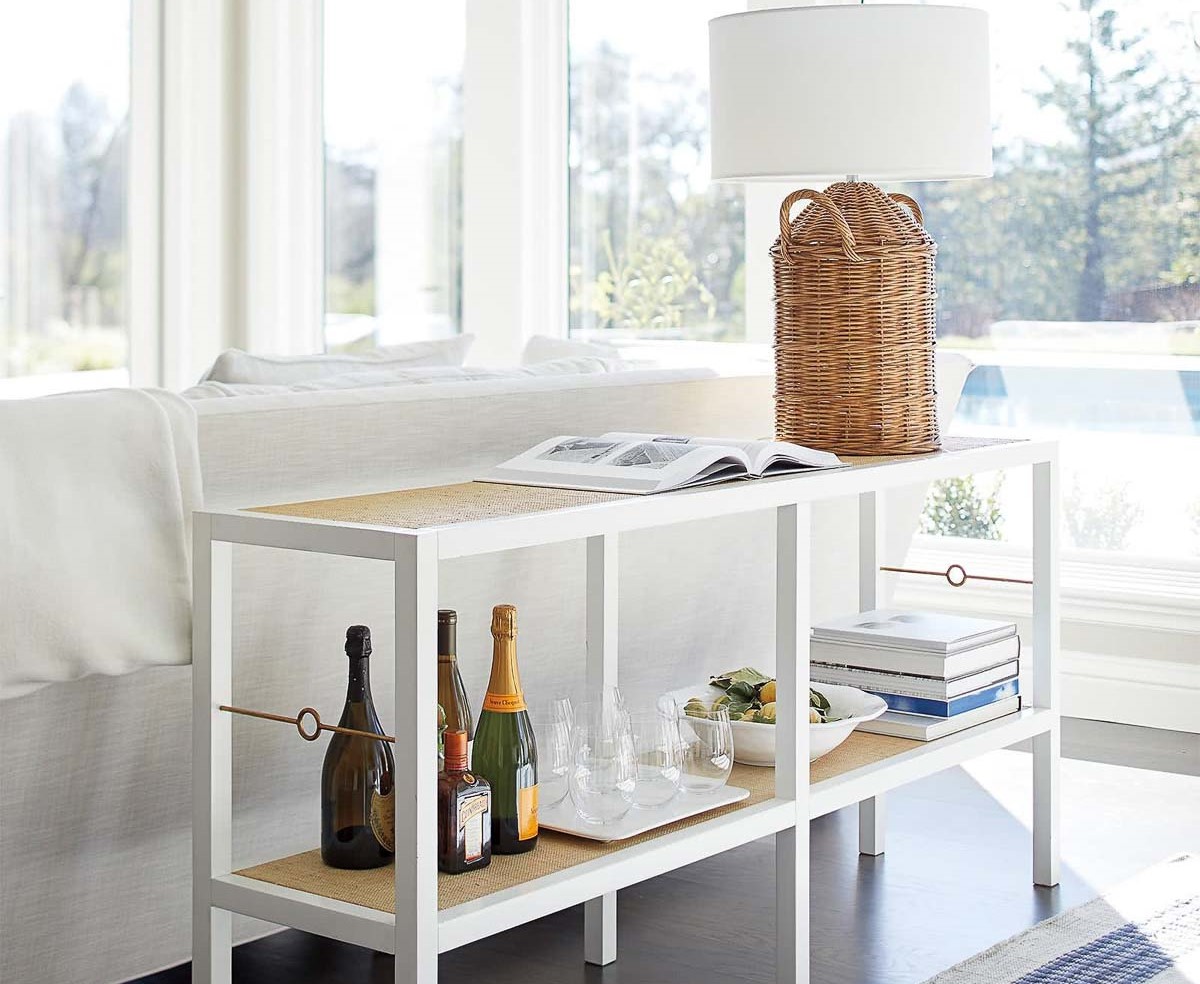
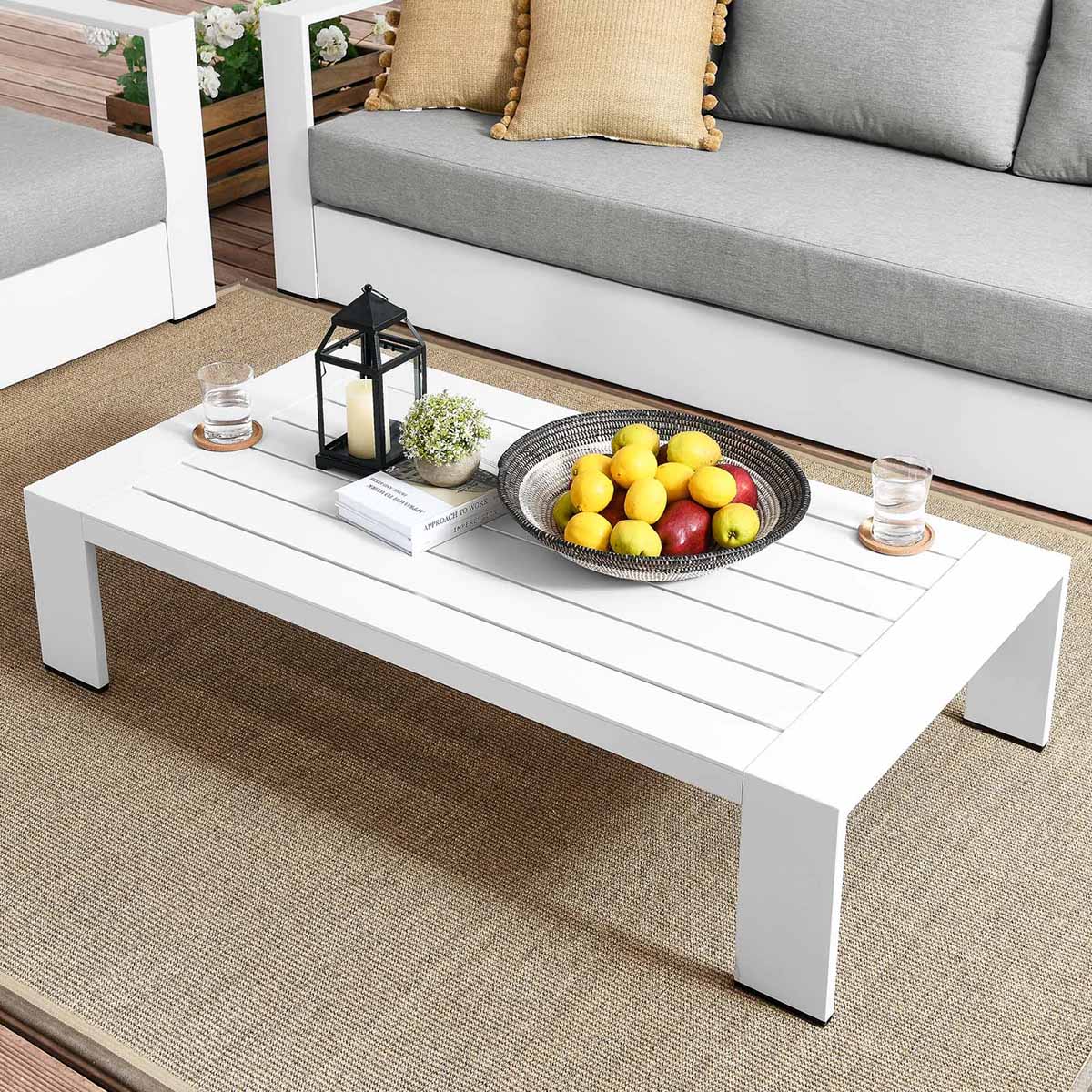
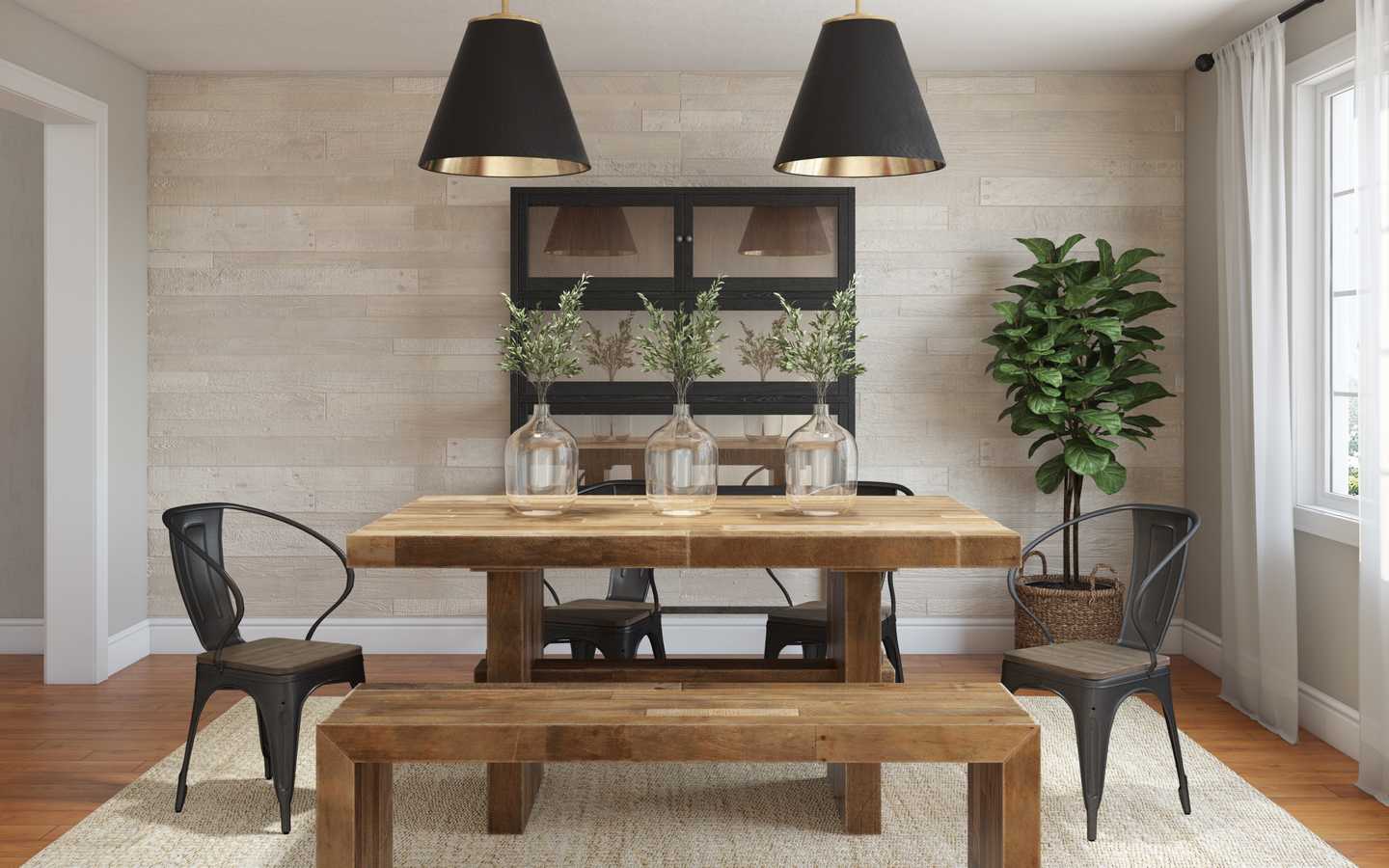
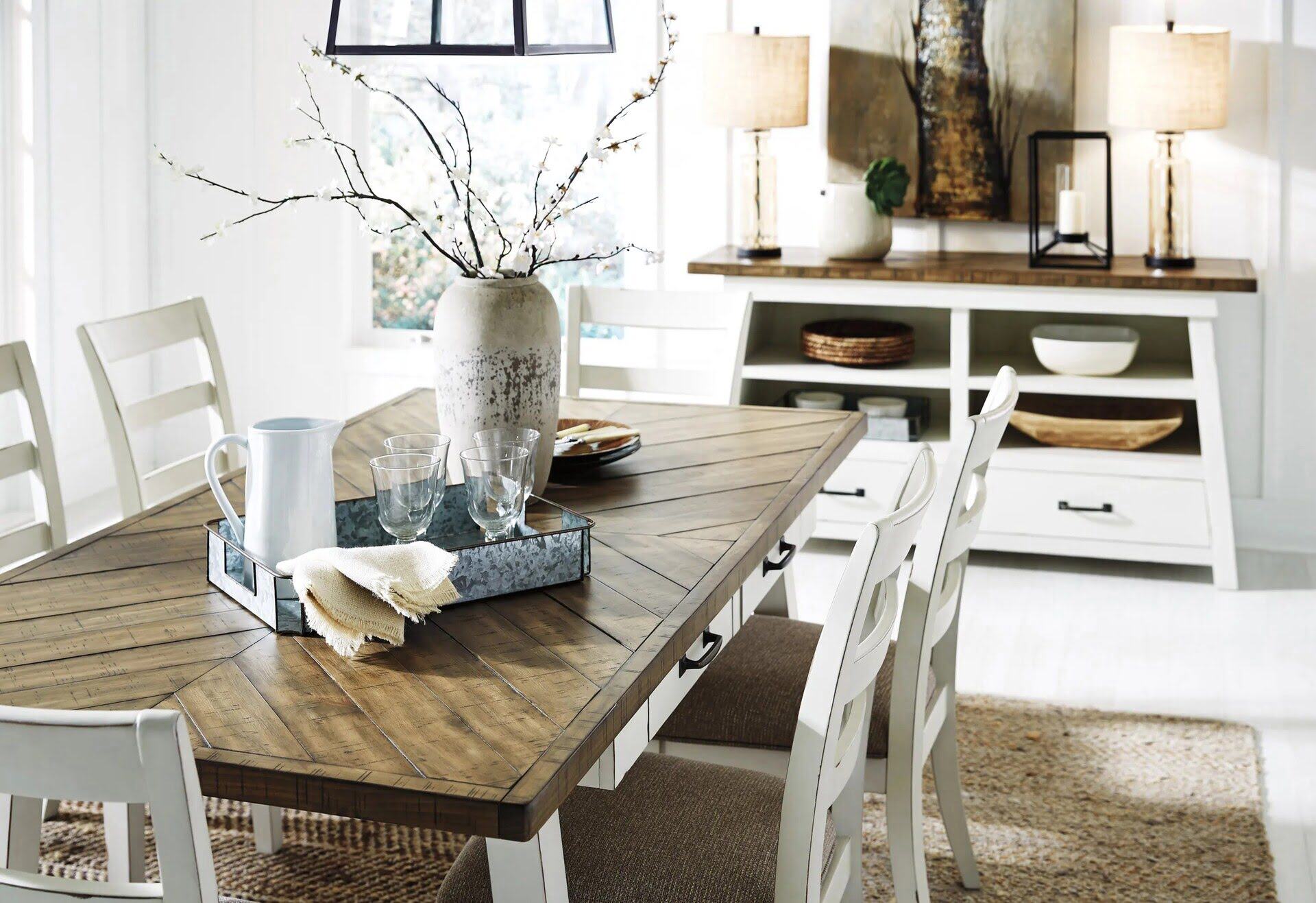

0 thoughts on “How To Style An End Table”